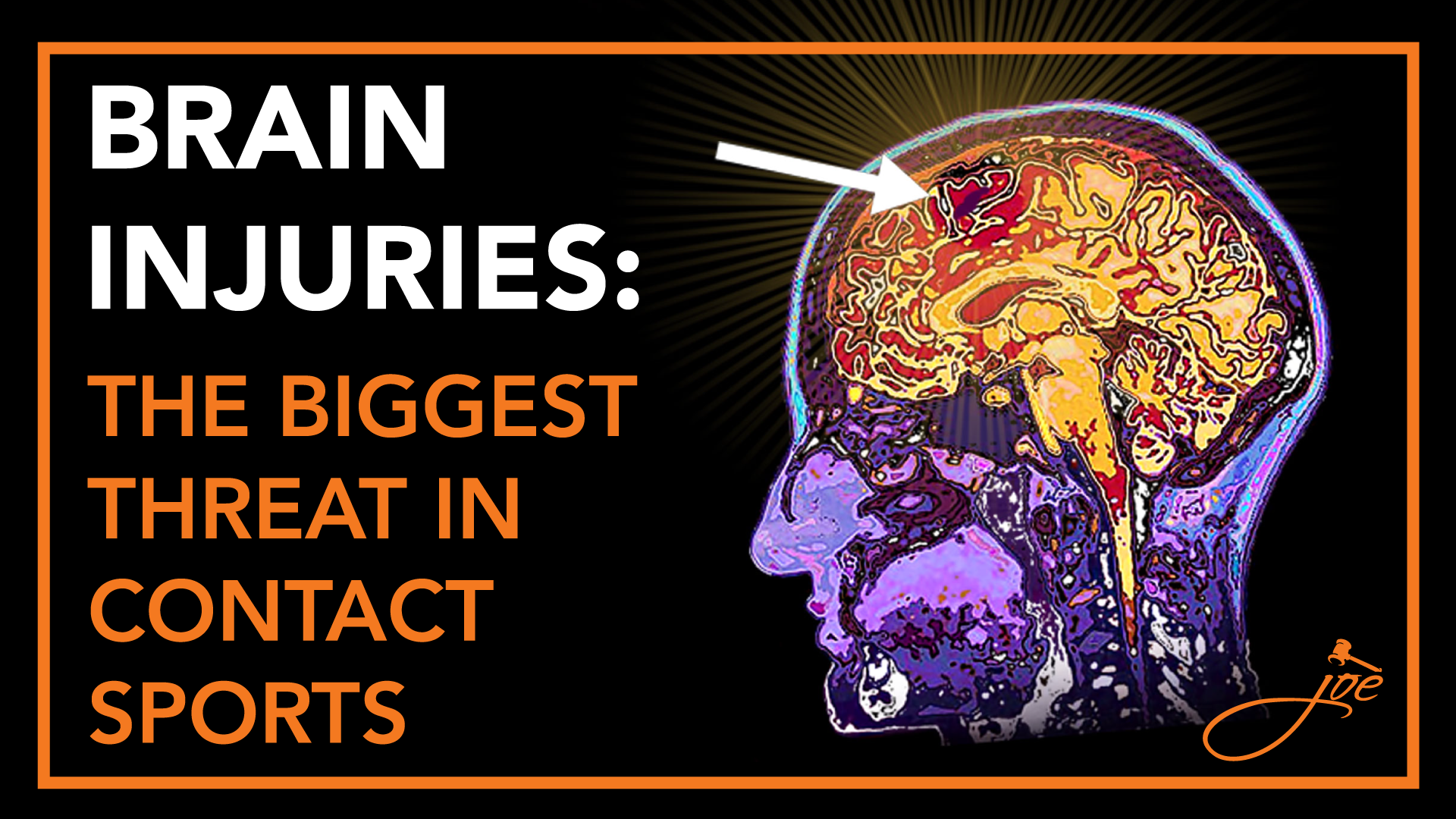The term concussion refers to the mental alteration resulting from a head impact or brain injury which may also include the loss of consciousness. Concussions are hard to diagnose because symptoms are not visible until hours later when after-effects become serious resulting in brain injuries. Unfortunately, there is not yet a method to help recognize with certainty the existence of a concussion, however, learning to recognize the symptoms avoids more serious consequences.

Sports and recreational activities are among the leading causes of concussions due to the aggressiveness when performed. Nearly 300,000 concussions are reported annually in high schools across the country as a result of contact sports (FitzRoy, 2012). The most at risk age group for these type of injuries are patients between five and 18-years-old (Adler and Carter, 2018), the most affected are young athletes. During high-school competition-games, players tend to minimize or not report their symptoms clearly when they suffer a head-on impact. The problem worsens when players return to play (RTP) thus deteriorating the state of the previously-originated concussion. Failure to recognize concussion symptoms might result in traumatic brain injuries (TBI). Even when a concussion is considered mild, it will undoubtedly cause functional deficiencies especially in young brains in the state of development (Adler & Carter, 2018).
Symptoms of Concussion
According to Chicago neurologist Felise S. Zollman, the observable signs of concussions include:
• Instability when running or walking
• Dazed or blank look
• Confusion
• Decreased speech
• Slow responses to questions or brief amnesia
Traumatic loss of consciousness can also occur as part of a concussion but it is not a defining clinical feature, and it is usually brief.
Belated symptoms include:
• headaches
• mental confusion
• dizziness
• visual symptoms
• nausea
A cognitive-related symptom is the difficulty in concentration and manifests itself days after a concussion, particularly when the athlete returns to academic or vocational activities.
Dangerous contact sports
Any sport in which the head is exposed to direct contact, collisions, impacts on the ground or impacts with another player’s body, runs the risk of suffering a concussion. Among the sports with highest risks are football, soccer, lacrosse, baseball, ice hockey and boxing (Zollman, 2016). Protective helmets prevent concussions related to hard-surface impacts however, not all sports require it.
Legal Regulations
The Zackery Lystedt Law, approved by the Senate in 2009 states that, “A youth athlete who is suspected of sustaining a concussion or head injury must be removed from practice or game.” Removing the player from the action when a brain injury is suspected prevents the risk of a second impact syndrome (SIS) and averts lengthening the recovery process of the athlete (Adler & Carter, 2018). The law was named after the case of Zachery Lystedt, a 13-year-old football player who suffered a brain injury caused by SIS. The Florida High School Athletics Association also ruled that student-athletes who show signs, symptoms or behaviors consistent with a concussion must be immediately discontinue playing until a health professional determines that he or she is out of danger.
Additionally, state laws in Florida require high-schools to take measures to prevent brain injuries in athletes. According to Florida Statute 943.0438.7.2, high-schools must create regulations to train coaches, support staff, parents of athletes, guardians, and athletes themselves about the risks and consequences of concussions. The Florida statutes also require parents of children who play in competitions to sign an informed consent confirming to be aware of the implications of a TBI in young athletes.
Laws do not prevent sports concussions, but they will help to prevent the incidence of SIS allowing the athlete to properly recover. The use of protective equipment, the appropriate training on the subject, and the rigorous follow-up of laws and regulations are a great support. School districts and private sports leagues are required to comply with all regulations, and they will be legally responsible if they fail to abide them.
If you or a loved one have suffered from a brain injury caused by sports league related negligence, it is important to consult with a Board Certified Trial Lawyer who has the knowledge and experience to help you.
Pensacola Personal Injury Attorney, Joe Zarzaur works in all areas of personal injury including brain injuries, motor vehicle accidents, truck accidents, pedestrian accidents, motorcycle and boating accidents, medical malpractice, slip and fall and wrongful death. Call Zarzaur Law, P.A. today at (855) Hire-Joe for a free legal consultation or visit www.zarzaurlaw.com. Offices in Pensacola and Destin, Florida.
Sources:
Adler, R. H. & Carter M.D. (2018, January). Fumbling: Preventable brain injuries. Trial: American Association for Justice, 34-38.
Department of Law Enforcement, 2017 Fla. § 943.0438.7.2 (2017) Retrieved from http://www.leg.state.fl.us/statutes/index.cfm?mode=View%20Statutes&SubMenu=1&App_mode=Display_Statute&Search_String=concussions&URL=0900-0999/0943/Sections/0943.0438.html
FitzRoy, M. (2012, August 10). New Florida law protects young athletes recovering from concussions. The Florida Times Union. Retrieved from http://www.jacksonville.com/article/20120810/NEWS/801249076
Florida High School Athletic Association handbook (2017) Policy 40: Concussions. Bylaws of the Florida High School Athletic Association, Inc. 2017-18 Amended Edition.
Requiring the adoption of policies for the management of concussion and head injury in youth sports Act of 2009, S.1824, 61st (2009)
Zollman, F. S. (2016). Manual of Traumatic Brain Injury : Assessment and Management. New York: Demos Medical.